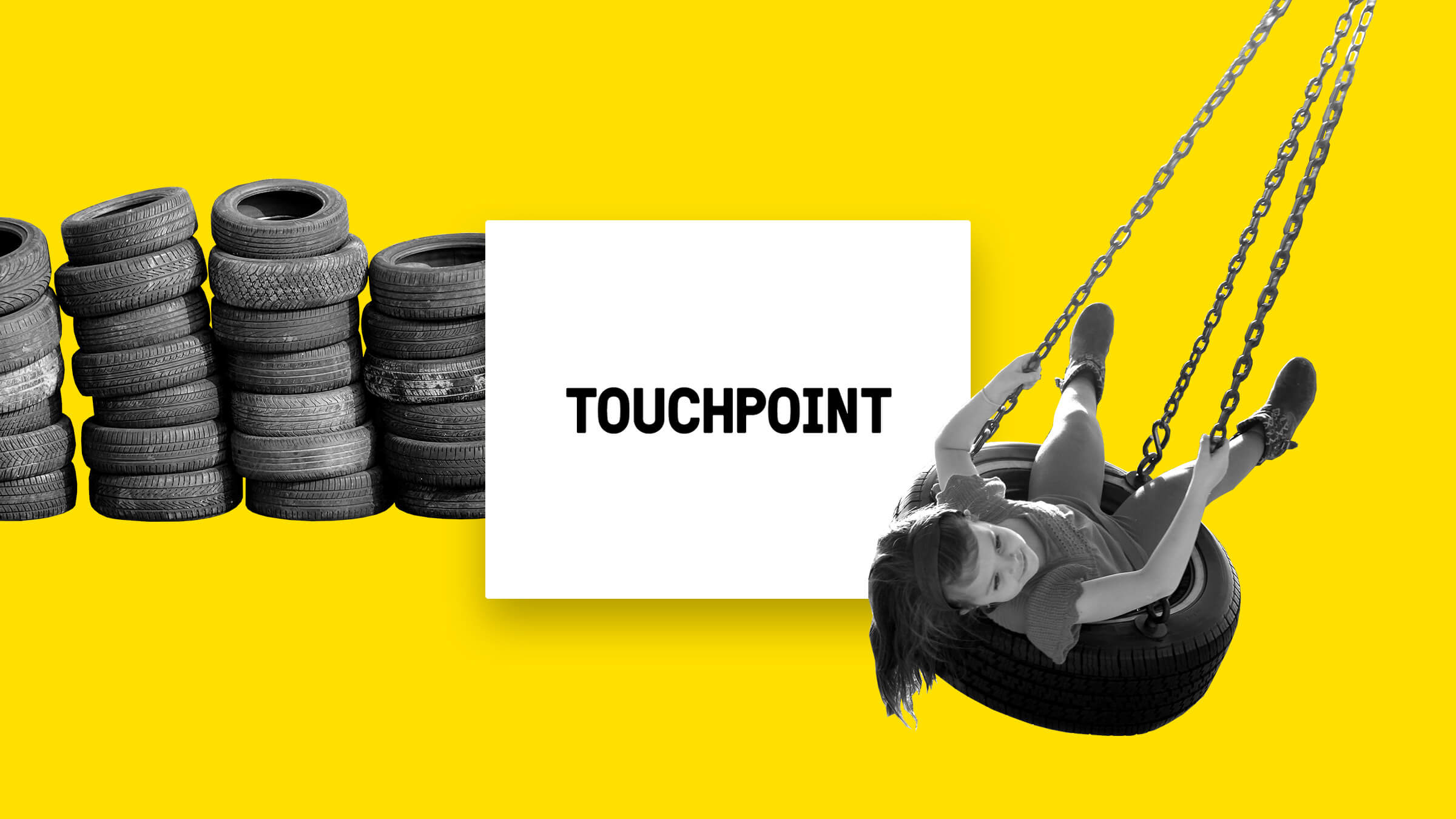Problem
Finland alone produces more than 70 million kilograms of waste textiles each year. Companies produce waste textiles when, for example, a company’s work clothing is updated or when an item of clothing reaches the end of its useful life. Getting rid of these textiles is an expense for the companies. However, the textile waste cannot be reused if it is taken straight to be incinerated. At the same time, work clothes are often made from polyester, which is a plastic and has a very low recycling rate. Plastic waste in the sea is a grave environmental problem.
Solution: textile and plastic waste into work clothes
TouchPoint’s range of services includes, for example, work clothes made of surplus or recycled materials. The company uses fabrics made of, for example, recycled plastic bottles and refiberisable materials that can be used for producing new raw materials and fabrics. TouchPoint provides its customers with the opportunity to turn waste into raw material. The company is constantly seeking new ways of using the textiles its customers throw away.
Revenue model and benefits for TouchPoint
TouchPoint offers its customers a comprehensive service model that covers the design of a range of workwear that enhances recyclability, from ecological material choices to responsible implementation. The service also includes taking care of the end-of-life textiles. TouchPoint offers its customers support on responsible choices and provision of information on environmental impacts to the customers of the customers, staff and the media.
Benefits to customers and end users
Customers are primarily service companies that require work clothing. Ecological workwear stands out in the market, supports the customer’s brand and enhances a customer’s environmental responsibility credentials by building a story around the use of the workwear. TouchPoint provides employees with high-quality workwear that best suits the job description of each employee.

















Recommended
Have one more?